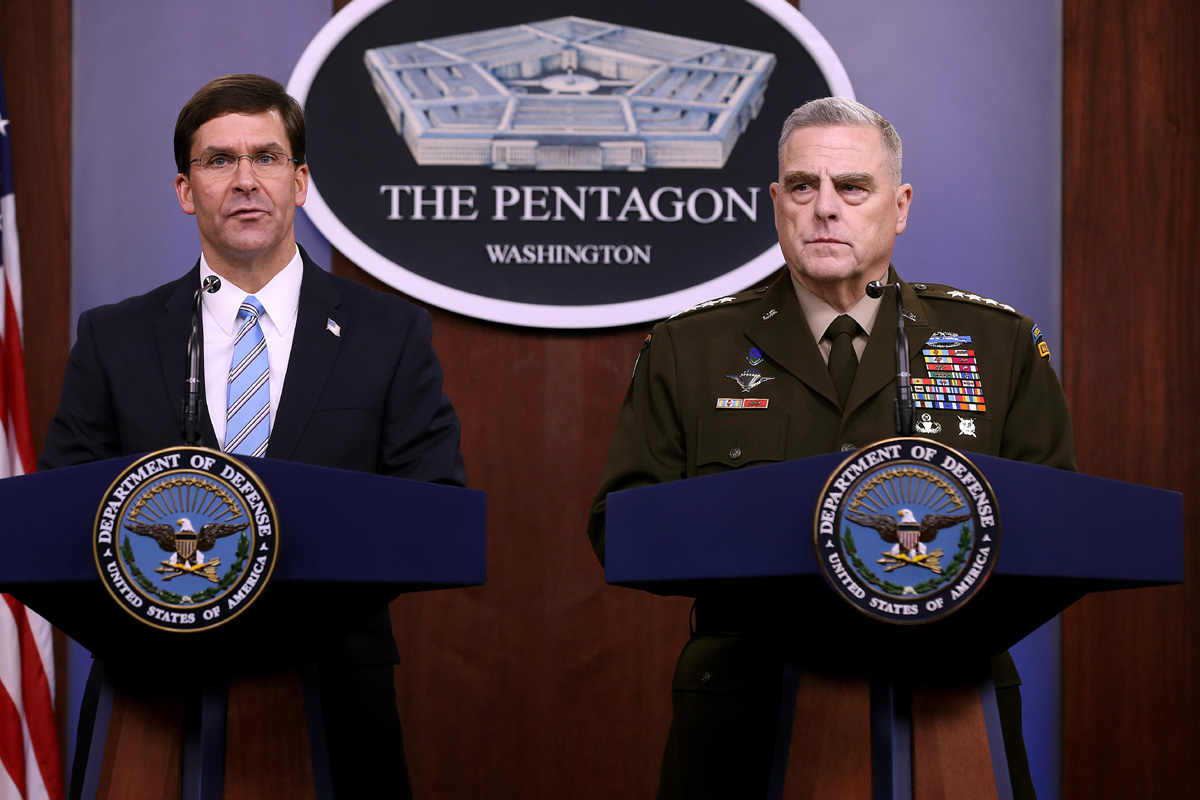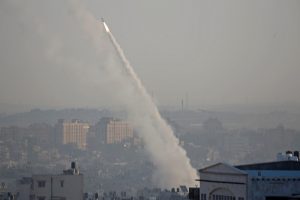The world is one terrorist less. This is the only certainty. Actually, however, there are thousands more, though the killing of the Islamic State leader, Abu Bakr al-Baghdadi, has arguably given the likes of Donald Trump a lifeline amidst the contretemps that he has to countenance almost exactly a year before Election 2020 next November. The President of the United States of America, now facing impeachment proceedings and under bipartisan criticism for withdrawing troops from the Syrian border, has from the Situation Room of the White House greeted the killing of the self-styled Caliphate leader with an overdose of gory details.
His language was less than dignified in the expression of unconcealed glee. Was it really necessary to compare Baghdadi’s nemesis with that of a dog? Granted that the US special operations forces conducted what the President calls an “impeccable operation” with the help of helicopter gunfire from above and ferocious dogs below, it will be open to question whether Baghdadi and his three children had to be chased towards a “dead-end tunnel” with dogs? “He died like a dog, he died like a coward,” was the analogy advanced by Mr Trump to the world.
“Baghdadi ran into a deadend tunnel, whimpering and crying and screaming all the way.” It might be tempting for the White House to aver that “the world is now a much safer place.” It will be difficult for the world to concur with the prognosis. Though the Islamic State of Iraq and Syria is in a state of shock and awe, it would be presumptuous quite yet to imagine that Isis has been crippled to the level of a spent force though it is bound to be rudderless for a while. It is a truism of extremism, of which President Trump must be acutely aware, that for every militant killed, two are born.
Saturday night’s operation in north-west Syria recalls the killing of Osama bin Laden by US Seals in Abbotabad in Pakistan, not to forget the “burial” of his body in the sea. Eight years after, the Al Qaida is still up and running. Both operations relied on CIA feedback. Both operations were watched live and “better than a movie” by Barack Obama and Donald Trump. Rightly have world leaders welcomed the news of Baghdadi’s death, tempering their reaction with words of caution.
“The death of Baghdadi is an important moment in our fight against terror but the battle against the evil of Daesh [Isis] is not yet over,” was at the core of Boris Johnson’s response. The outlook remains ever so grim and the British Prime Minister has analysed the post-Baghdadi scenario more succinctly than the US President. A chapter in the Isis narrative since its foundation has been concluded at best; the world’s fears of a counter-mobilisation are not wholly unfounded.











